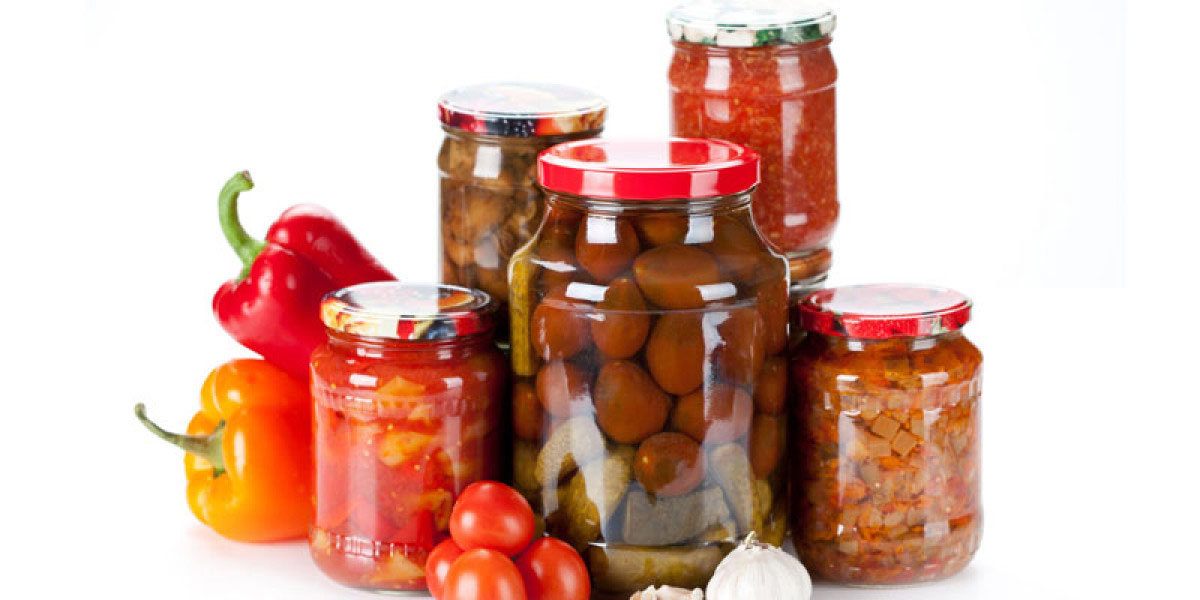Seven things you should know about pickling
Summer is finally here and so are the mangoes! Unripe or ripe, the King of Fruits is a tasty treat any day. And who doesn’t love raw mango pickle? Just a dab of it is enough to zing up a plate of staid roti-sabzi or provide the fire to perfectly counter curd-rice. Whether you prefer sour, sweet, spicy or pungent – there’s enough and more varieties to suit everyone. But nothing, and we mean absolutely nothing, can match a good, homemade raw mango pickle. Fancy trying your hand at pickling but not sure how to go about it? Get the lowdown from Saee Koranne-Khandekar and also make sure you try her favourite Mohori cha Loncha!
Making pickles is an annual affair for my family. My mother and grandmother make a variety of spicy and sweet pickles every summer, albeit in much small quantities than pickling is otherwise associated with. As a kid, I would steal bits of chopped draw mango as the session was in progress (ok, I do it even now!) and these are the pickles I most adore. My mother in law makes a traditional, spicy raw mango pickle for the whole extended family every summer, and it is quite looked forward to by everyone.
But such scenes are increasingly becoming rare as more and more people prefer buying readymade pickles. Reasonably good quality pickles are easily available either in supermarkets or through women's cooperatives or other small-scale productions.

What has created a setback for home pickling is the perception that pickling was a ‘mom and grandmom’ activity, not meant for the urban young gastronome. If we do something to bring out the obvious variety of pickling across the country and experiment with modern ingredients and even fancy jars, we might succeed in attaching some aspirational value to the art and it may just come back. A Mumbai-based company, for instance, makes an Olive and Jalapeno pickle in Indian spices and oil, and it is absolutely delectable, to say the least! Why not play around with some of these ingredients at home?
Many people also get daunted at the thought of making pickles, but it is fairly easy if you get the basics right. I’ve listed some important points to keep in mind if you plan to try and make a pickle:
Pickling is a science and art
Just like baking, pickling is a precise form of cooking, but the end products are more forgiving if the proportion of ingredients changes. The taste and flavour of the pickle might change, but it’s not like baking where the end product will almost never turn out right if the proportions are not maintained sacrosanct.
What can affect a pickle
The age of a pickle can change if you don't follow the recipe carefully. For example, it could spoil easily. In that sense, pickling is a science because one must ensure sterilisation, temperature control, preparation and storage, and such other matters of seemingly negligible importance but which will impact the end product greatly.
Methods of pickling
Sun-drying is the most common method used in pickling, but a lot of our pickles are also cooked, like chutneys. Pickles involving meats and seafood are almost always cooked.
Common ingredients and spices used in pickling
Mustard and fenugreek (methi) are common ingredients across the length and breadth of India's pickles, as are chillies in all forms. I love the Punjabi raw mango pickle which has large chunks of mango with a bit of the seed retained so that it absorbs all the flavours of the pickle as it ages. I can chew on this bit forever — so moreish!
Another spice that is common to North Indian and Gujarati or Rajasthani pickles but is rarely used in Maharashtrian and South Indian pickles is fennel seed (saunf). I love the earthy-citrus hint of fennel and the texture it imparts in its half-pounded form.
Different pickles, different styles
Different regions or communities have their distinct styles of pickling. Availability of ingredients is a key influencer. The primary star of the pickle is oil — peanut or sesame oil is used in Maharashtra, mustard oil up north and gingelly down south.
Climate can be the biggest challenge
The climate of a place also influences pickling styles and can prove to be the biggest challenge. It is tricky, for instance, to keep a pickle for a year at room temperature in a hot and extremely humid place like Mumbai whereas it is relatively easier to do so in cold climates. These challenges make pickling such an appropriate candidate for the term "artisan" and is increasingly an activity that most people shy away from doing at home.
Tips to keep in mind while pickling
Keep moisture away — sterilise the jars and dry them thoroughly in direct sunlight. You can also ensure they are completely dry by keeping them in a moderately hot oven for 15-20 minutes.
My grandmother always says one shouldn't serve directly from the ‘master jar’ of pickle. Always decant into a smaller serving bowl and place that on the table. This just ensures that messy hands don't "infect" the pickle — after all it has to last a year!
